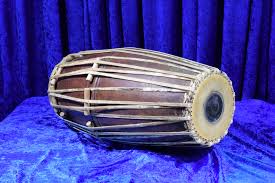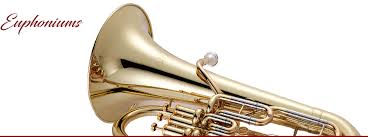
The Koto is a string plucked chordophone invented by the Chinese and was originally called the guzheng. Initially it only had 5 strings, but over the years the amount increased gradually up until the final 13 silk string version was adapted during the Nara Period. This period was when the koto was first introduced to
The saxophone is a woodwind instrument invented in the 1840s by Adolphe Sax, an instrument maker from Belgium. The purpose of this instrument was to bridge the gap between woodwinds and brass, while also taking the best qualities of each section. The saxophone has a conical tube, with a third-degree tube. Essentially, the shape of
The celeste, formally known as the celesta, is a percussion instrument with a keyboard mechanism and is a French word for, heavenly. The celeste was made in Paris by Auguste Mustel, a Parisian organ maker in 1886 and he patented the celeste in 1887. It was then presented to the public in Paris in 1889.

The mridangam is a South Indian drum that goes back as far as 200 BC. The instrument itself is laid on one’s lap and struck on both sides to create different sounds. The left side of the instrument reaches an octave lower than the right side. Its origins connect to Carnatic classical music practices, which
The erhu, known in the West as the “Chinese Violin,” is a two-stringed bowed instrument that dates back to as early as the Tang dynasty (618-907). It is believed to have been adapted from an instrument called the xiqin, which originated from a Mongolian tribe. The erhu is a member of the huqin (“barbarian string
Otamatone is a Japanese electric musical instrument (or toy) that produces a theremin-like (Kawaii, as Tosa puts it) sound. It is an electrophone musical instrument that relies on electricity to make sounds. The instrument was designed like a tadpole. However, many people debate that it looks like a music note with a long neck and

The euphonium is classified as a tenor voiced brass instrument in the woodwind family. The history of the euphonium can be traced back to the 19th century around 1843. It took combinations from the first patented piston valve by Heinrich Stolzel and Freidrich Blumel. The tenorbasshorn and the tenor tuba soon followed the invention of